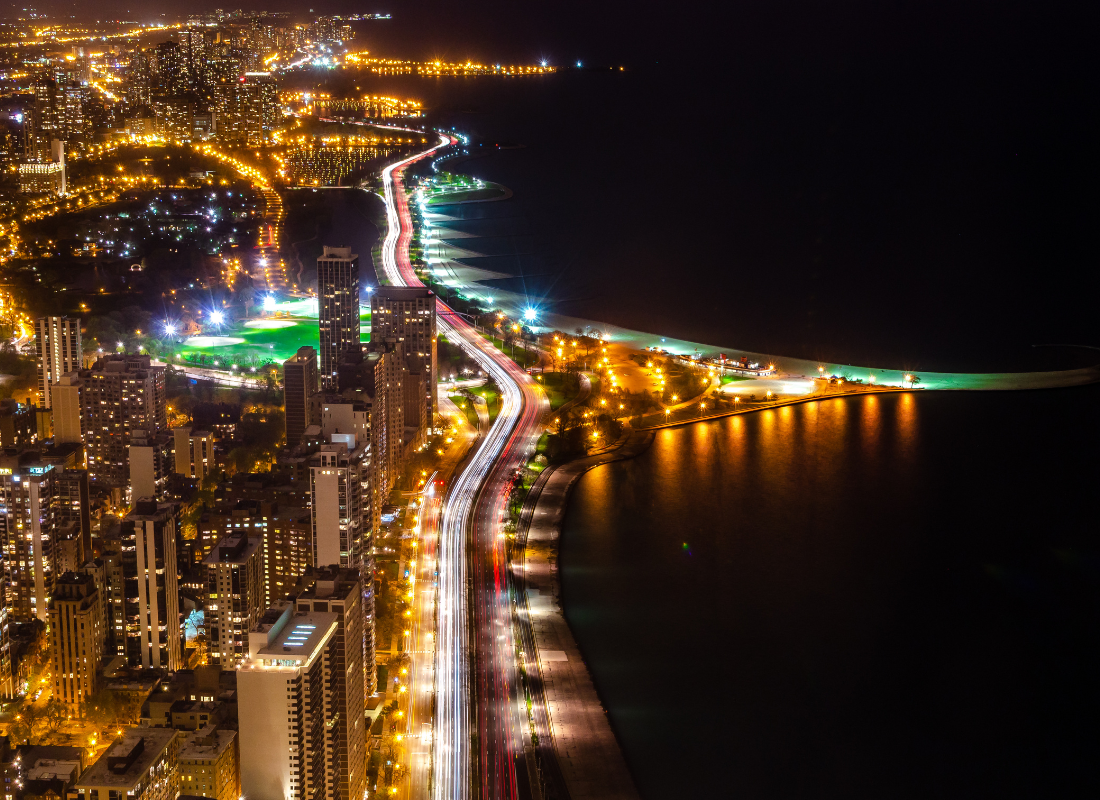
Light pollution, the excessive or misdirected artificial light produced by human activity, has become a pervasive issue with far-reaching consequences for both fauna and flora.
While often overlooked compared to other forms of environmental degradation, light pollution disrupts natural ecosystems and poses significant threats to biodiversity.
In this article, we will explore the repercussions of light pollution on both wildlife and plant life, highlighting its detrimental effects on their behavior, physiology, and ecological interactions.
Impact on Wildlife
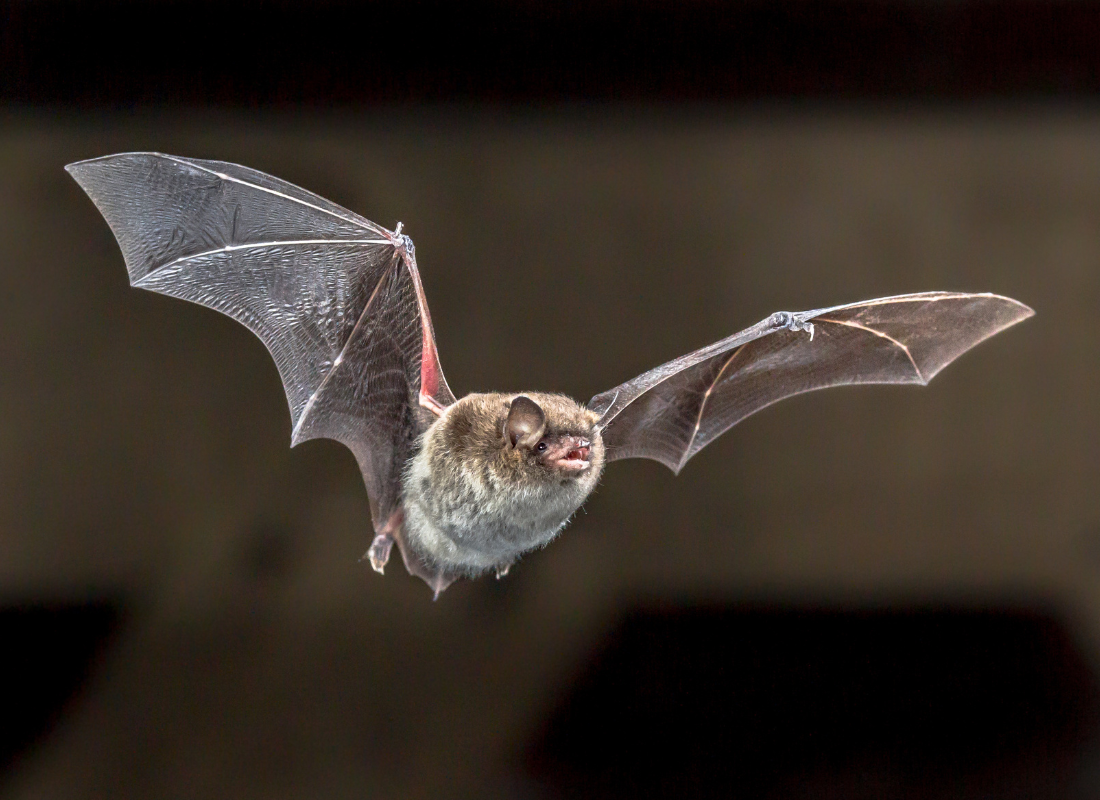 Light pollution disrupts the natural behavior patterns of many species of animals, particularly nocturnal ones such as bats, owls, and certain insects.
Light pollution disrupts the natural behavior patterns of many species of animals, particularly nocturnal ones such as bats, owls, and certain insects.
These creatures rely on darkness for feeding, mating, and navigation. Disruption of nocturnal behavior can lead to decreased foraging success, altered breeding cycles, and increased vulnerability to predators.
Additionally, light pollution can disorient migratory birds, sea turtles, and other animals that navigate by celestial cues. Artificial lights can lure them away from their migratory routes, leading to exhaustion, collisions with structures, and ultimately, population declines.
Moreover, the increased illumination in nocturnal environments can favor predators over prey, disrupting natural predator-prey interactions and impacting ecosystem stability.
Impact on Flora
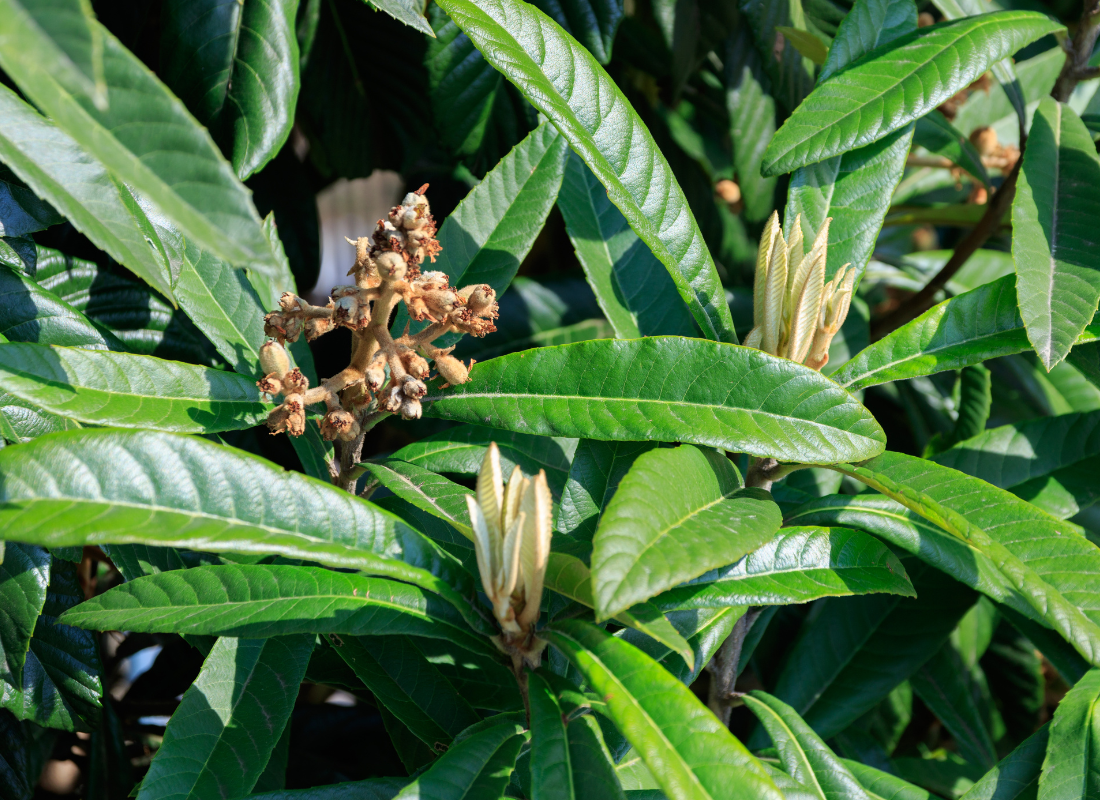 Light pollution can interfere with the photoperiod, the duration of light and dark periods that regulate plant growth and development.
Light pollution can interfere with the photoperiod, the duration of light and dark periods that regulate plant growth and development.
This disruption affects processes such as flowering, fruiting, and dormancy, ultimately influencing plant reproduction and ecosystem dynamics.
Furthermore, light pollution can disrupt the foraging behavior of nocturnal pollinators such as moths and bats, leading to decreased pollination rates and potentially affecting the reproductive success of plant species.
Changes in Plant Communities
 Moreover, light pollution can favor certain plant species over others, leading to shifts in plant community composition and diversity.
Moreover, light pollution can favor certain plant species over others, leading to shifts in plant community composition and diversity.
Species adapted to low-light conditions may decline, while those tolerant of artificial light may proliferate, resulting in homogenized ecosystems with reduced biodiversity.
Mitigation Strategies
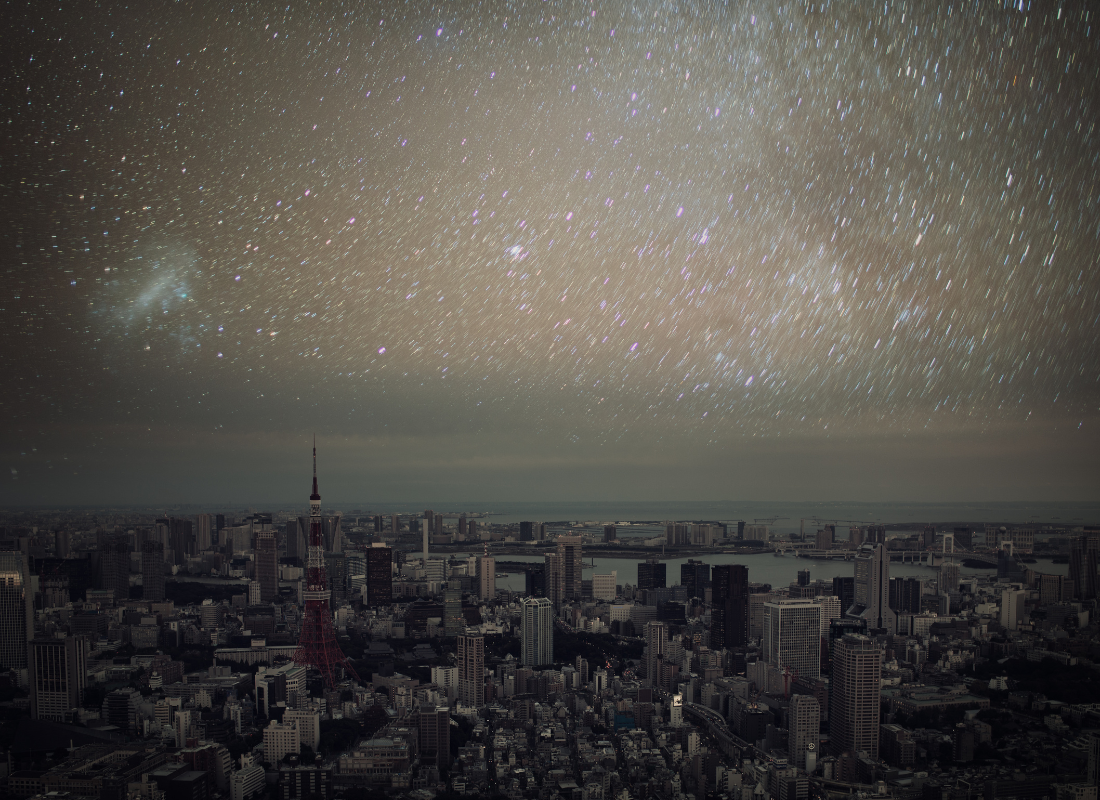 Addressing light pollution requires a multifaceted approach involving changes in lighting design, urban planning, and public awareness.
Addressing light pollution requires a multifaceted approach involving changes in lighting design, urban planning, and public awareness.
Strategies include using shielded and directed lighting fixtures to minimize light spillage and glare, implementing lighting curfews or dimming programs during peak wildlife activity periods, designating dark sky reserves and protected areas, and educating the public about the importance of reducing light pollution and promoting responsible outdoor lighting practices.
Conclusion
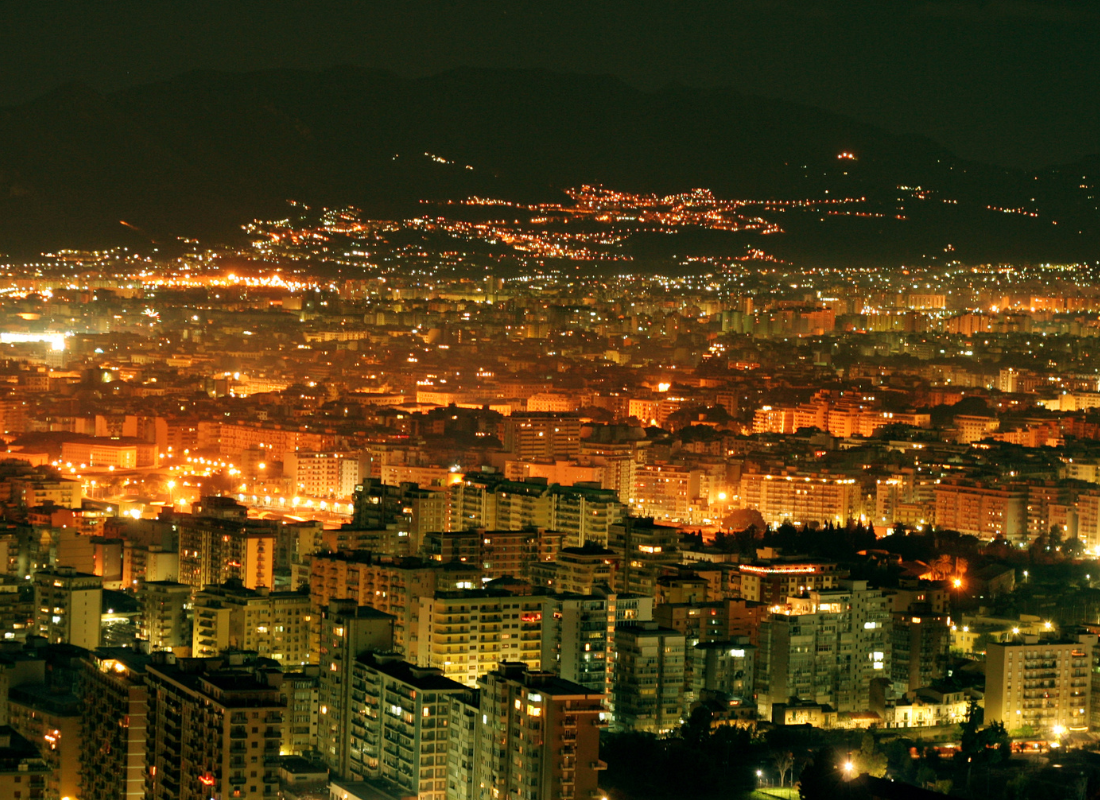 In conclusion, light pollution poses significant threats to both fauna and flora, disrupting natural behaviors, physiological processes, and ecological interactions.
In conclusion, light pollution poses significant threats to both fauna and flora, disrupting natural behaviors, physiological processes, and ecological interactions.
As our understanding of the impacts of light pollution grows, so too does the urgency of implementing effective mitigation measures to minimize its adverse effects on biodiversity.
By taking concerted action to reduce light pollution, we can help safeguard the intricate balance of life on Earth and preserve the beauty of our natural nighttime environments for generations to come.




